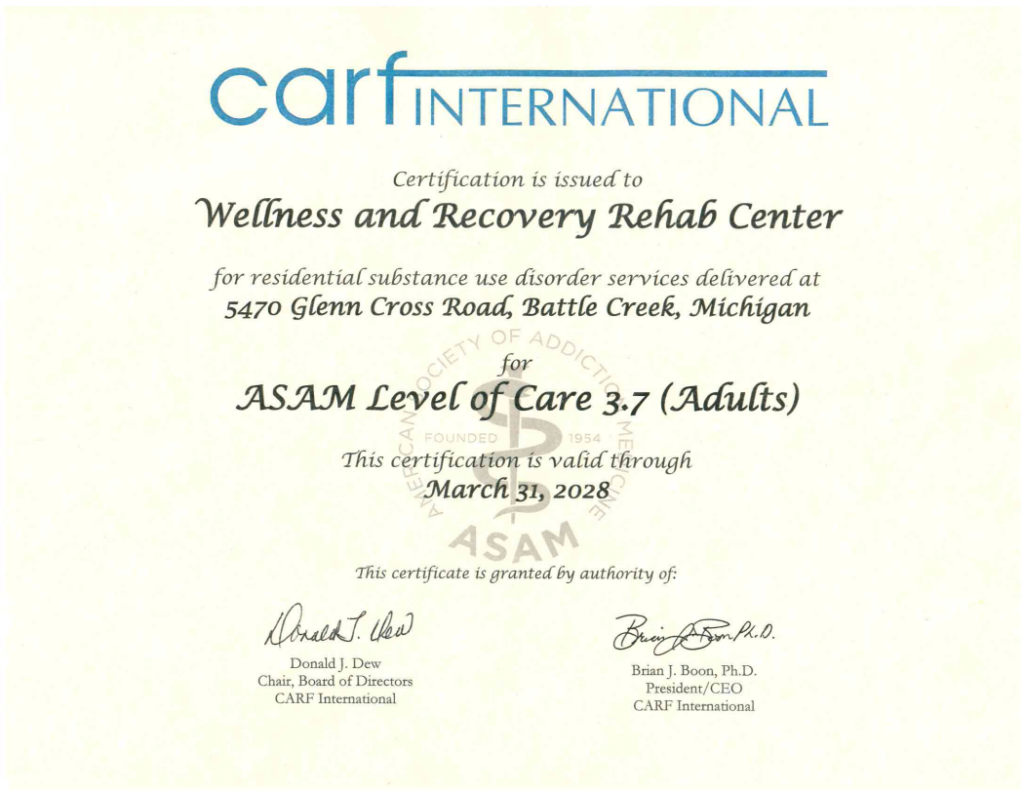When we’re in a safe, nurturing environment, stress levels tend to be lower, our minds feel clearer, and resilience comes more naturally. However, when those elements are missing, it can take a real toll on our mental health and overall well-being.
Understanding the connection between our environment and mental health can help us create healthier spaces, both internally and externally.
Our surroundings have a profound impact on how we feel, think, and cope with life’s challenges. This connection between our environment and mental health goes far beyond what we might realize.
Not everyone has access to the same surroundings. Socioeconomic factors often determine who has access to tree-lined streets and well-maintained parks and who is left in areas dominated by concrete and asphalt.
The connection between climate change and mental health is becoming impossible to ignore.
Here’s what you need to know:
When communities are forced to relocate due to wildfires, hurricanes, or flooding, the emotional toll can be overwhelming. Losing a home or a sense of stability often leads to financial strain, social isolation, and long-term trauma.
The relationship between the environment and mental health is complex, but one thing is clear: as our planet changes, so do the emotional and psychological challenges we face.
Some coping strategies for climate-related stress include:
Human beings are inherently social creatures, and strong social connections play a fundamental role in maintaining our mental health and overall well-being.
The following describes some of the key areas where social connections can have an impact:
A person’s home environment plays a fundamental role in shaping mental well-being. The connection between environment and mental health is evident in the quality of family relationships, household stability, and the presence of emotional support systems.
A home characterized by open communication, mutual respect, and consistency fosters a sense of security, allowing individuals to develop emotional resilience and healthy coping skills.
Children raised in unstable or unpredictable home settings may struggle with emotional regulation, which can contribute to long-term mental health challenges.
The relationship between environment and mental health is particularly critical during childhood, as early experiences shape brain development, emotional regulation, and coping mechanisms that persist into adulthood.
Interventions that strengthen family dynamics promote stability, and provide access to mental health resources can foster resilience and long-term well-being for the family and overall mental wellness.
This is why, at Wellness and Recovery, we recognize how a person’s home environment and mental health are intertwined. Our therapy services help individuals navigate family stressors and establish emotionally supportive home environments.
The environment and mental health are also shaped by workplace and academic settings. For example, workplace stress can stem from job insecurity or hostile work environments, and academic pressure or social isolation often contribute to student mental health challenges.
At Wellness and Recovery, we help individuals address the challenges of their workplace and school environments, providing strategies to foster emotional resilience.
The environment and mental health are deeply connected, and one of the most powerful aspects of that environment is our support system.
On the other hand, social isolation can take a serious toll, making emotional struggles feel even heavier. Prioritizing relationships and building a strong support network isn’t just good for the soul; it’s essential for well-being to strengthen community environment and mental health outcomes.
At Wellness and Recovery, we integrate community-based therapy and outreach programs into our treatment plans to help promote overall social well-being.
Where we live can shape our daily experiences and emotional well-being. Factors like poor housing conditions, overcrowding, lack of privacy, and constant noise can quietly chip away at our mental health, increasing stress and even contributing to anxiety or depression over time.
On the other hand, living in a space that feels safe, comfortable, and supportive can make all the difference in how we cope with life’s challenges. Our surroundings don’t just influence our mood; they shape the foundation of our overall well-being.
The connection between environment and mental health isn’t just about nature or air quality; it’s also about whether support is within reach.
In rural areas and healthcare deserts, finding a therapist or psychiatrist can feel nearly impossible, leaving many people struggling with untreated depression, anxiety, and other mental health conditions.
But even in big cities, obstacles like high costs, long waitlists, and stigma can stand in the way of getting help.
Telehealth and community-based mental health programs are making it easier for people in underserved areas to get the support they need, no matter where they are.
With this in mind, that is why Wellness and Recovery offers telehealth services, crisis intervention, and in-person therapy options to ensure that individuals in all environments have access to the care they need.
Recognizing the connection between environment and mental health allows individuals to make intentional changes that support emotional resilience. Whether at home, work, or in the community, small adjustments can lead to significant improvements in well-being.
A stable, calming home environment is essential for mental well-being. Strategies to enhance the home environment and mental health include:
At Wellness and Recovery, we encourage individuals to assess their home environment and mental health needs, making small yet effective changes to enhance emotional stability.
Since people spend a significant portion of their lives at work or school, these environments should be structured to promote mental well-being.
To foster a healthier work and school environment and mental health outcomes, individuals can:
Given the strong connection between environment and mental health, exposure to nature should be an essential part of daily life. Even in urban settings, small efforts to integrate natural elements can provide significant benefits.
Ways to incorporate nature into the environment and mental health routine include:
Consciously integrating nature into our daily routines, even through simple acts, can serve as a powerful tool for enhancing mental well-being and fostering a stronger connection with the natural world.
At Wellness and Recovery, we recognize that environment and mental health are deeply interconnected. That’s why our approach to care goes beyond traditional therapy, incorporating environmental awareness into mental health treatment.
To ensure that individuals receive the most effective care, we consider the environment and mental health relationship in every treatment plan.
Our whole-person approach includes therapeutic interventions and stress management strategies to empower individuals to heal from the inside out, creating a beneficial and positive environment for their mental and physical health.
Recognizing that no two individuals experience the same environmental stressors, we offer customized therapy programs that integrate discussions on environment and mental health.
We emphasize the importance of social and environmental stability in recovery, helping individuals develop healthier relationships with both their surroundings and the people in their lives.
We understand that limited access to mental health services is a significant barrier for many individuals, particularly in underserved communities.
To ensure that mental healthcare is available to everyone, we provide:
At Wellness and Recovery, we believe that everyone should have access to mental healthcare that considers their environment and personal challenges.
By integrating environment and mental health awareness into our treatment programs, we help individuals build resilience and establish supportive surroundings.
At Wellness and Recovery, we offer comprehensive, evidence-based treatment that considers the impact of environment and mental health on overall well-being.
Our approach is rooted in holistic care, accessibility, and community support. We provide:
By prioritizing environment and mental health, we help individuals identify and address external challenges that contribute to emotional distress.
If you or a loved one is struggling with mental health challenges, Wellness and Recovery is here to help. Seeking support is a sign of strength, and taking the first step can set the foundation for a healthier future.




